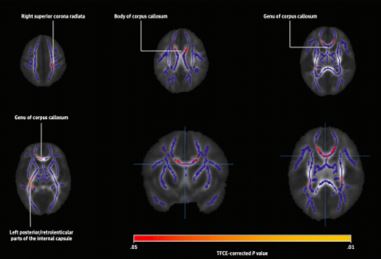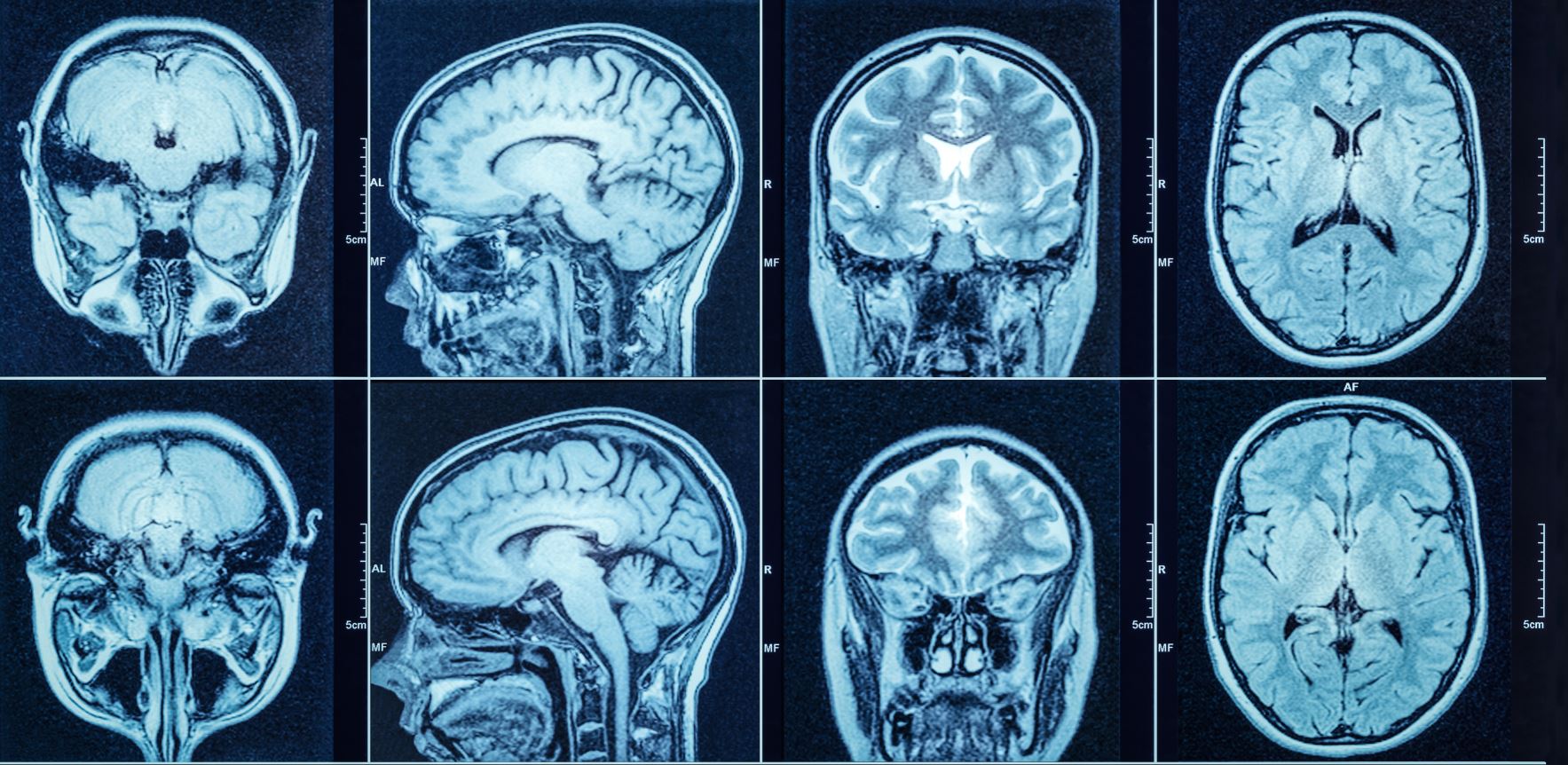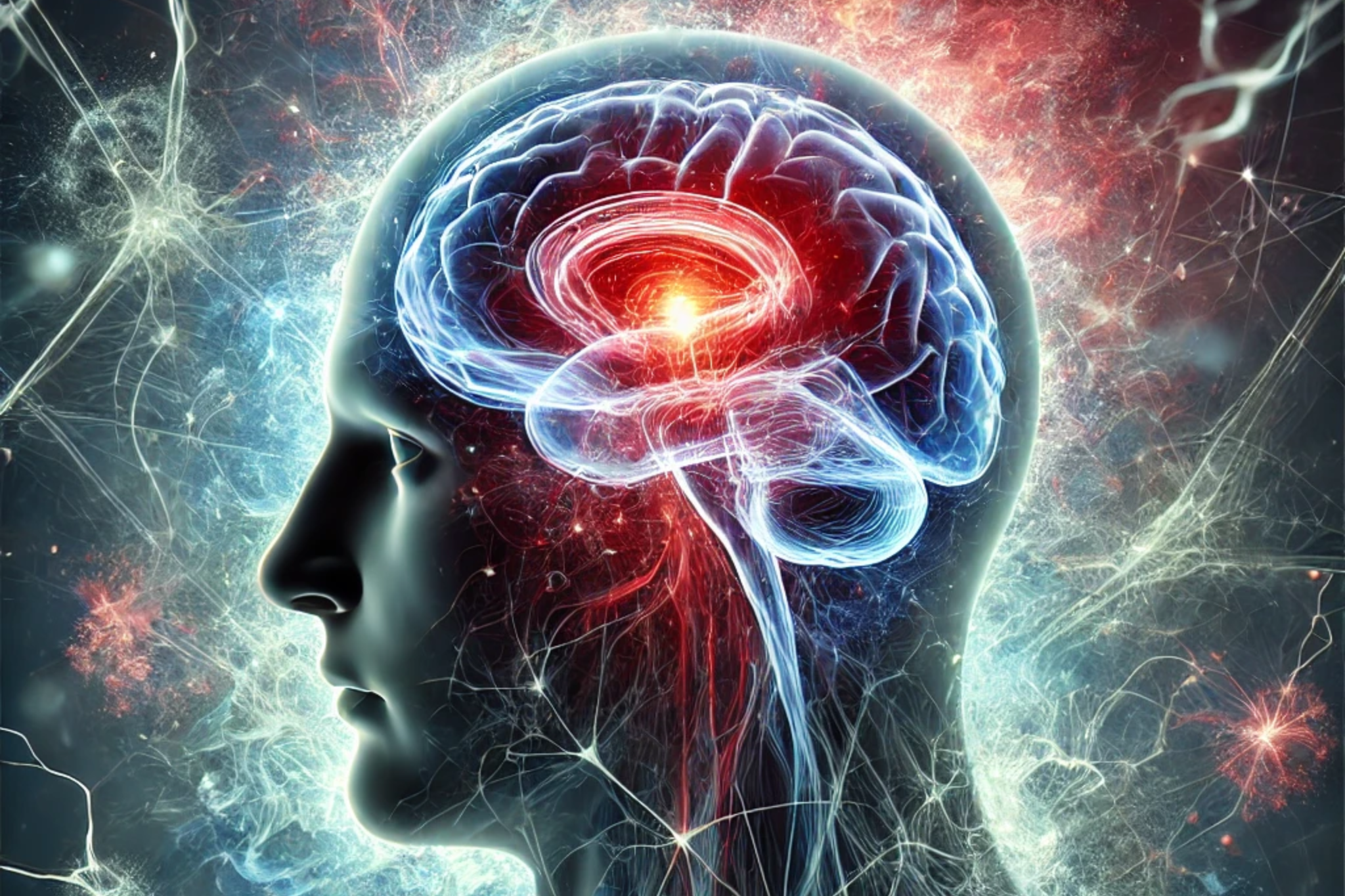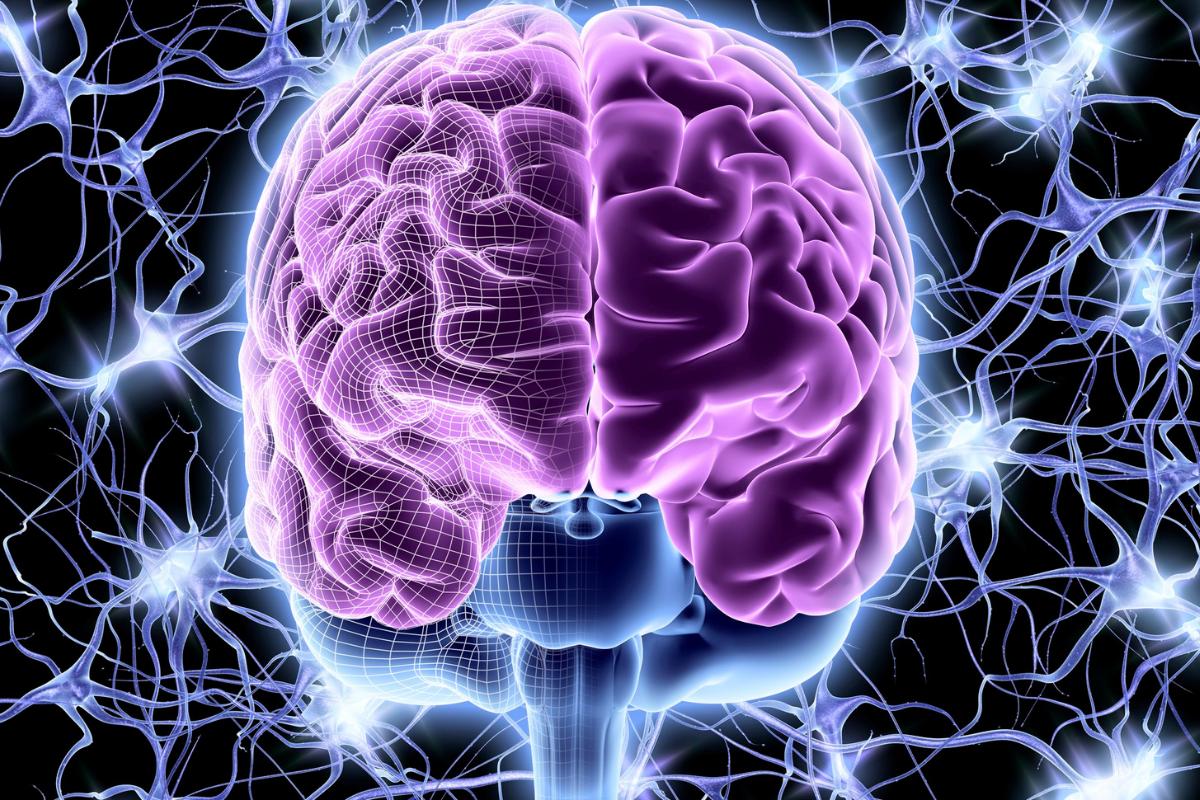By Dr. Petrus Raulino
A study published in the journal JAMA Network Open has presented considerable evidence in humans that a father's exposure to traumatic stress in his childhood or adolescence can have consequences for his children's brain development.
It is possible that the transfer of some of the effects of paternal stress during their childhood or adolescence to their offspring occurs without the offspring being directly exposed to the stress.
Stress in childhood
It is known that stress in an individual's childhood can influence the psychobiological programming of the developing brain, but the hypothesis that the consequences of stress in the father can be transmitted epigenetically to his children is exciting.
The study carried out by the Department of Psychiatry at the University of Torku in Finland offered a further demonstration that it is possible that experiences of paternal stress can be transmitted intergenerationally through epigenetic traits.
An epigenetic trait is a stable hereditary phenotype that results from chromosomal changes without alterations to the DNA sequence.
Previous animal studies have described transgenerational epigenetic inheritance by the paternal line through changes in sperm microRNAs.
In rodents, paternal stress prior to the birth of the offspring can be reflected in changes in both the structure and function of the brain and the behavior of the offspring.
Study with human newborns
In the University of Torku study of human newborns, the aim was to identify biomarkers associated with early stress exposure, as well as any history of common somatic and psychiatric illnesses.
180 newborn babies were recruited and underwent brain MRI scans.
Parents were asked about their experiences of stress during childhood or adolescence, using the Trauma and Stress Rating Scale (TADS).
The results
They suggested that a history of paternal stress in childhood or adolescence is associated with alterations in the development of the white matter of children's brain regions in early childhood (particularly the corpus callosum, right superior corona radiata and retrolenticular parts of the internal capsule).

Source: Karlsson et al., 2020.
These results can be explained by direct paternal genetic transmission or paternal gene-environment correlation regarding brain development.
Another possibility is that the association is mediated by epigenetic modifications in the male germ line.
If this knowledge is better elucidated in humans, it could have far-reaching implications. We're on the lookout for new research.
References
Karlsson, H., Merisaari, H., Karlsson, L., Scheinin, N. M., Parkkola, R., Saunavaara, J., ... & Tuulari, J. J. (2020). Association of Cumulative Paternal Early Life Stress With White Matter Maturation in Newborns. JAMA Network Open, 3(11), e2024832-e2024832.
Dickson, D. A., Paulus, J. K., Mensah, V., Lem, J., Saavedra-Rodriguez, L., Gentry, A., ... & Feig, L. A. (2018). Reduced levels of miRNAs 449 and 34 in sperm of mice and men exposed to early life stress. Translational psychiatry, 8(1), 1-10.
Rodgers, A. B., Morgan, C. P., Leu, N. A., & Bale, T. L. (2015). Transgenerational epigenetic programming via sperm microRNA recapitulates effects of paternal stress. Proceedings of the National Academy of Sciences, 112(44), 13699-13704.
Mychasiuk, R., Harker, A., Ilnytskyy, S., & Gibb, R. (2013). Paternal stress prior to conception alters DNA methylation and behavior of developing rat offspring. Neuroscience, 241, 100-105.
Berger, S. L., Kouzarides, T., Shiekhattar, R., & Shilatifard, A. (2009). An operational definition of epigenetics. Genes & development, 23(7), 781-783.







